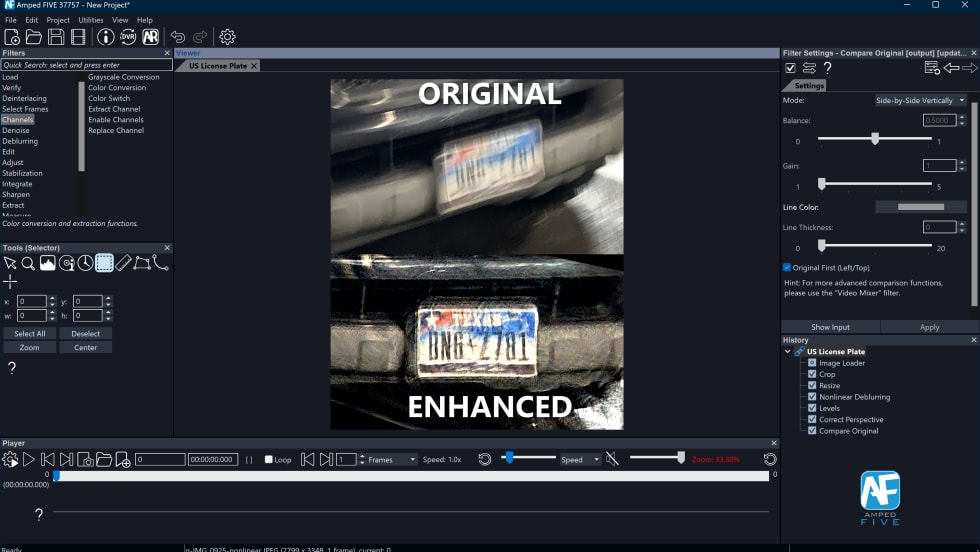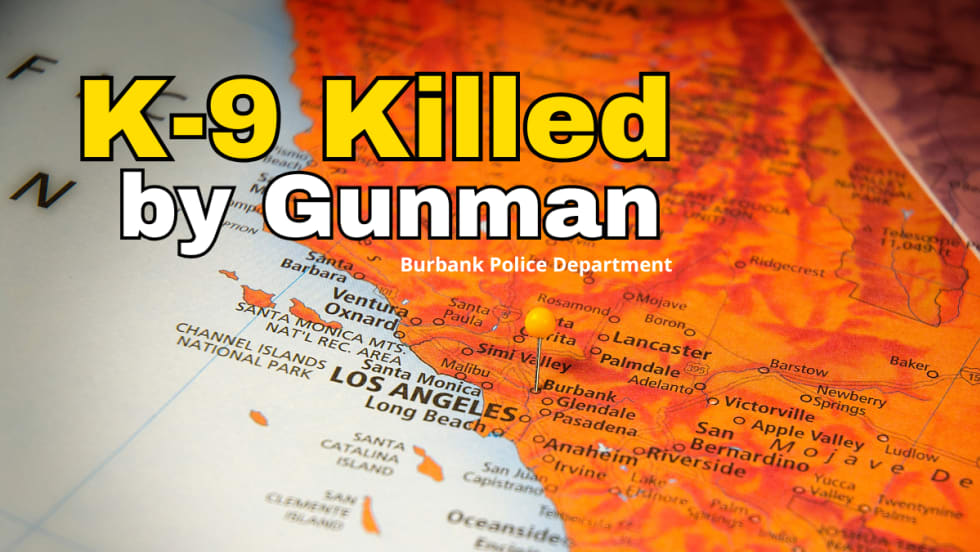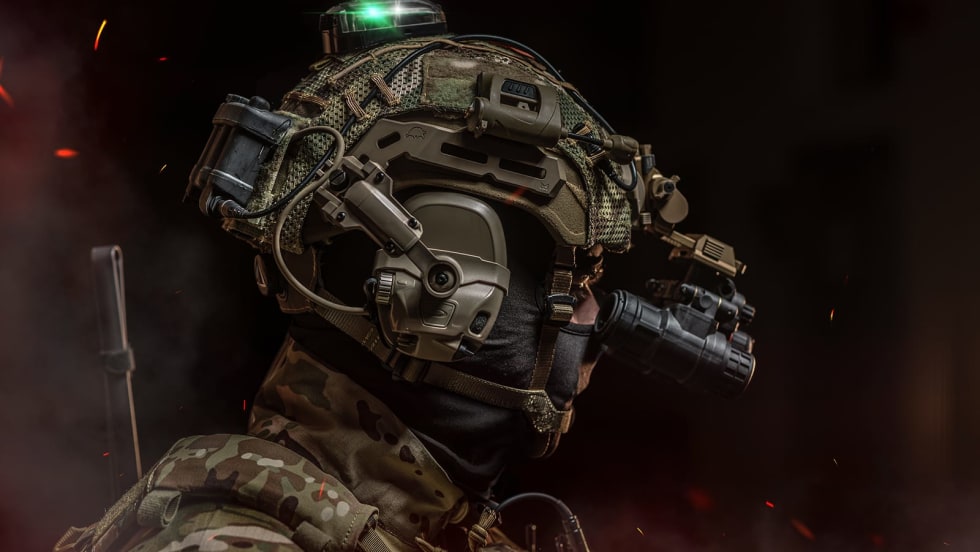The findings –
published
in Proceedings of the National Academy of Sciences, or PNAS – are based on an independent database Cesario and his team created that catalogued each police shooting from 2015. The team – led also by co-author David Johnson from University of Maryland – contacted every police department that had a fatal police shooting to get the race, sex and years of experience for every officer involved in each incident. The team also leveraged data from police shooting databases by The Washington Post and The Guardian.
“We found that the race of the officer doesn’t matter when it comes to predicting whether black or white citizens are shot," Cesario told
MSU Today
. "If anything, black officers are more likely to shoot black citizens, but this is because black officers are drawn from the same population that they police. So, the more black citizens there are in a community, the more black police officers there are.”
Beyond officer race, the team drew other conclusions about details related to racial disparities in fatal officer shootings.
“Many people ask whether black or white citizens are more likely to be shot and why. We found that violent crime rates are the driving force behind fatal shootings,” Cesario said. “Our data show that the rate of crime by each racial group predicts the likelihood of citizens from that racial group being shot. If you live in a county that has a lot of white people committing crimes, white people are more likely to be shot. If you live in a county that has a lot of black people committing crimes, black people are more likely to be shot. It is the best predictor we have of fatal police shootings.”











